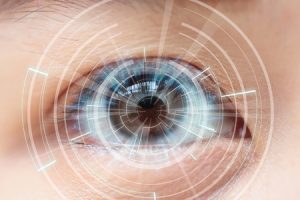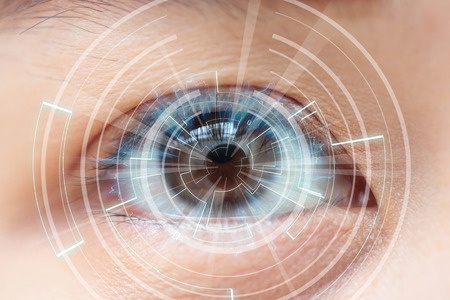Laser Cataract Surgery with LenSx Femtosecond Laser
 Drs. Buttross, Ashburn and Whitten can use the LenSx femtosecond laser to perform your laser cataract surgery. The LenSx laser adds precision and accuracy to your cataract surgery allowing for more predictable and better results.
Drs. Buttross, Ashburn and Whitten can use the LenSx femtosecond laser to perform your laser cataract surgery. The LenSx laser adds precision and accuracy to your cataract surgery allowing for more predictable and better results.
Traditional Cataract Surgery
Traditional, non-laser, cataract surgery requires delicate manual manipulation of surgical instruments and knives to create incisions into the eye. There are 3 steps which require hand-held instruments;
- Corneal Incision – using a handheld blade, a cut is made into the side of the cornea. This gives your surgeon access to the inside of your eye.
- Capsulotomy – the natural lens is similar to an M & M. The first step in removing the actual lens material is to cut a hole on the face of the lens – in our example, a hole is made through the outside candy coating, allowing access to the chocolate – the core of the cataract.
- Liquefaction of the Cataract can now take place using a handheld ultrasonic device.
Laser cataract surgery adds precision and accuracy in these 3 steps and potentially reduces complications.
Laser Cataract Surgery | Corneal Incision
If not performed correctly, the corneal incision can result in unwanted astigmatism after the surgery due to uneven wound healing. Using the laser cataract system, a more perfect incision can be made by combining 3-D imagery of the cornea with the precision of the femtosecond laser.
It’s computer driven and astigmatism is less likely due to this increased accuracy.
Perfect Capsulotomy
Laser cataract surgery reduces variability in the capsulotomy (creating the whole in the candy coating). The capsulotomy is one of the more crucial aspects of your cataract surgery. Radial tears in the capsule can lead to severe complications.
Capsulotomies created with the femtosecond laser are more likely to keep your intraocular lens (IOL) well centered and in place resulting in more reliable results.
Cataract Liquefaction
Traditional cataract surgery involves use of ultrasound to liquefy the cataract. This process is called phacoemulsification. Ultrasound energy can lead to heat build up in the corneal incision (remember the hand piece goes through the cornea to remove the cataract) and cause irregular wound healing, possible leakage and astigmatism.
During laser cataract surgery, the LenSx femtosecond laser breaks up the cataract into smaller pieces and avoids excessive ultrasound energy utilization.
To schedule your laser cataract surgery, please call us (202.686.6700) or email us!
We look forward to meeting you.
The Doctors of Eye Associates of Washington, D.C.
Serving Washington, D.C. and Tysons Corner
Board Certified Eye Physicians and Surgeons






